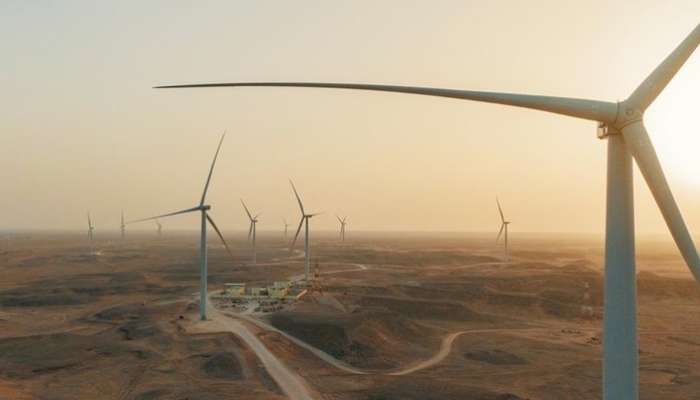The Ministry of Energy and Minerals in Oman has introduced a comprehensive strategy to revolutionize the energy sector in the country. Developed in collaboration with various government and private entities, the initiative is in line with the objectives set out in “Oman Vision 2040” and aims to achieve zero carbon emissions by the year 2050. The strategy focuses on key areas such as energy efficiency, renewable energy, the hydrogen economy, and carbon capture, transport, and storage, with a foundation based on ensuring secure energy supplies, facilitating a smooth transition to decarbonization, enhancing local capabilities for energy transformation, promoting a low-carbon economy, and preserving Oman’s competitiveness in the global energy market.
Maryam bint Mohammed Al Hashimi, the Director of Electricity and Energy Efficiency Policies and Strategies at the Ministry, highlights that the plan is tailored to meet the energy needs crucial for economic development in Oman. This aligns with the country’s commitment to economic diversification, reducing carbon footprints, creating new job opportunities, and enhancing national skills. The Ministry has set ambitious targets to increase the share of renewable energy to 30% by 2030, 70% by 2040, and eventually reaching 100% by 2050. Furthermore, energy efficiency is expected to improve to 6 megajoules per US dollar of GDP by 2050, along with aims for 100% sales of zero-emission vehicles and significant production targets for green hydrogen.
Al Hashimi emphasizes that energy transformation is a shared responsibility, offering new avenues for economic growth in Oman, a country abundant in renewable energy resources. As part of this strategy, the Ministry is planning site visits for renewable energy and clean hydrogen projects as per Royal Decree No. 10/2023, in alignment with the objectives of the Oman Hydrogen Company, also known as “Hydrom.” These initiatives are expected to drive forward Oman’s commitment to sustainable energy practices and pave the way for a cleaner, more efficient energy landscape in the years to come.











